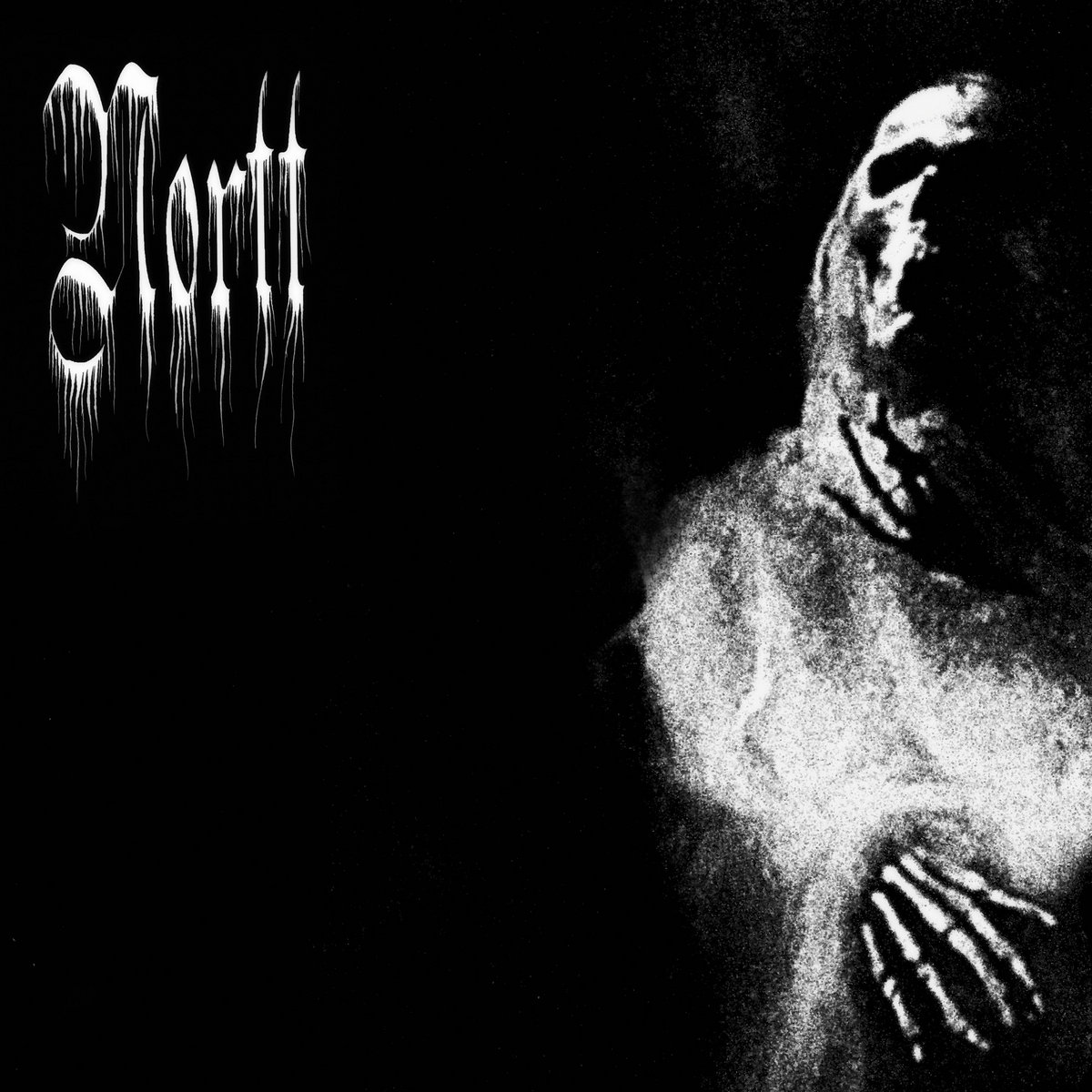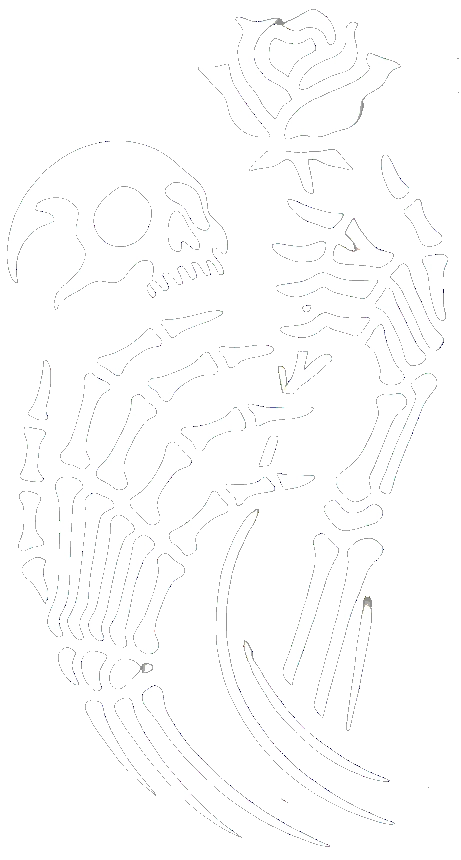The Return of a Funeral Doom Institution
With solemn equanimity toward the conditions of Web 2.0, the Danish project Nortt emerges once again, almost from nothing, into the center of the postmodern market. By now, mystery and secrecy have become integral to the Nortt brand—a project where the work itself always stands on its own yet remains infused with Satanism and a longing for death, embodying a kind of message, even an ideology, of chaos-gnostic Satanism. Since its inception in 1995, Nortt has adhered to a consistent mode of operation: no direct photos, just music and lyrics available, few interviews, and no personal information.
Between 1997 and 2007, Nortt was highly active. Then followed a decade of silence, during which Nortt once remarked that a return was uncertain—not because he was incapable of creating adequate music, but because there was already enough music in existence that aligned with Nortt’s vision and, in his opinion, even surpassed it in quality. Nevertheless, he made a triumphant return with Endeligt, already altering his musical approach. A concept that continues on Dødssang, set for release in 2025.
Form
It is not that Nortt has abandoned his „pure depressive black funeral doom metal“. The crossover of black doom, depressive black metal, dark ambient, and funeral doom remains intact. However, in the musical direction of Dødssang, Nortt places greater emphasis on the piano, bringing deeply dark but fragile melodies and harmonies to the forefront. The droning, distorted, repetitive guitar work contrasts with this newfound melody, adding even more weight. Nortt had already achieved a sense of heaviness on Endeligt through a thicker production, cleaner mixing, and clearer mastering. This departure from the black-metal-esque haziness of his early work remains evident on Dødssang.
The programmed rhythm serves as a slow, constant companion to the funeral march, while the vocals oscillate between ghostly whispers and guttural lamentations of suffering. Yet, whereas Endeligt still filled space, Dødssang feels as though that space has now been abandoned and turned cold. Synthesized choral and violin tracks drift through the growing emptiness of the cosmic chaos that Nortt conjures longingly between the lines. The increased use of dynamics, contrasts, reverb, and piercing cosmic (quite psychedelic) tones—alongside subtle experimental nuances—proves that Nortt still has something to say in 2025.
Content
Lyrically, the Danish texts focus primarily on themes of the dead’s despair and death itself. Yet, the existentialism of chaos-gnosticism seeps through every song, particularly in the spoken intro Dødssang. The funeral hymns carry an underlying notion that the true liberation from the eternal suffering of existence does not come through the end of subjective, individual being, but rather through the end of all existence. This fundamental uncertainty persists as a central theme, something to be confronted and ultimately transcended.
Thus, Dødssang concludes with a prayer-like plea to death—not just to take the body, the dust of the planet, but to take everything (Bøm til døden). In an endless sea of desolation, Nortt drowns the listener amidst howling storm sounds, choral chants, and ominous spoken-word passages to the toll of gongs (Dødssang), before fading into the eerie echoes of a gothic cemetery chapel reminiscent of classic horror films (Udslukt). Light or hope briefly flickers in Dødssang, only to drive the music further into ruin—or, perhaps, to offer the hope of one’s own dissolution.
In Nortt’s ideology, explicitly conveyed through both music and lyrics, the concept that Eugene Thacker describes as “world-without-us” represents the ultimate purpose of existence, for existence itself is nothing more than a bleeding wound in the world-without-us. Humanity is a cosmic foreign body—an anomaly of entropy that must inevitably be rejected by the expanding void of nonexistence. Even the dead will not find peace until absolute emptiness reigns, when nonexistence is no longer confronted with existence, and existence is no longer haunted by nonexistence—as a threat, a fear, or a place of longing.
Conclusion
Dødssang is not merely an album about death and transience, but rather another unwavering step in the journey of a singular project. In the album’s absolute darkness, Nortt achieves both aesthetic expression and metaphysical consequence. Dødssang offers no comfort. Instead, Nortt presents the realization of a radical coldness and solitude that extends beyond death itself—and therein lies the album’s harrowing power.


One Response
only one word can describe this album: Beautiful!